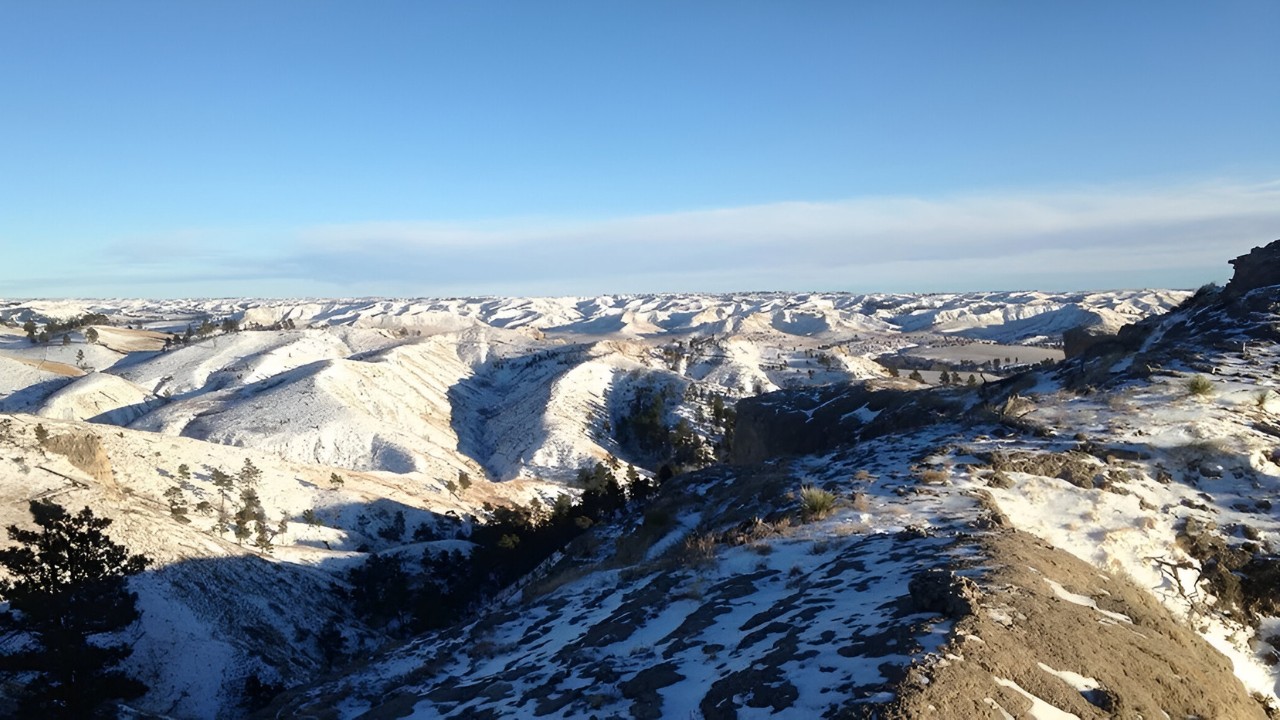Mysteries Of Ice Age Glacial Formations In The Midwest

Have you ever wondered how the Midwest got its unique landscape? The answer lies in the Ice Age and its powerful glacial formations. Thousands of years ago, massive glaciers moved across the region, shaping hills, valleys, and lakes. These natural forces left behind fascinating features like the Great Lakes, moraines, and kettle lakes. Understanding these formations helps us appreciate the natural beauty and geological history of the Midwest. Whether you're a student, a nature lover, or just curious, learning about these ancient glaciers offers a glimpse into the past and explains why the Midwest looks the way it does today.
Mysteries of Ice Age Glacial Formations in the Midwest
The Midwest is a treasure trove of geological wonders shaped by ancient glaciers. These formations tell stories of a time when massive ice sheets sculpted the landscape. Let's explore some of the most fascinating glacial formations in the Midwest.
Glacial Grooves
Glacial grooves are deep scratches in bedrock, created by the movement of glaciers. These grooves provide a glimpse into the immense power of ice.
- Kelleys Island, Ohio: Home to some of the world's largest and most accessible glacial grooves. These grooves are up to 400 feet long, 35 feet wide, and 10 feet deep.
- Glacial Grooves State Memorial, Ohio: Located on Kelleys Island, this site offers a close-up view of these impressive formations.
Moraines
Moraines are accumulations of dirt and rocks that have been pushed along by glaciers. They form ridges that can stretch for miles.
- Kettle Moraine, Wisconsin: This region features a series of ridges and hills formed by retreating glaciers. It's a popular spot for hiking and exploring.
- Valparaiso Moraine, Indiana: A prominent moraine that stretches across northern Indiana, offering a unique landscape shaped by glacial activity.
Drumlins
Drumlins are streamlined hills formed by glacial ice molding the underlying sediment. They often appear in clusters, creating a distinctive landscape.
- Drumlin Field, Wisconsin: This area is known for its numerous drumlins, which provide a fascinating look at glacial shaping processes.
- Finger Lakes, New York: While not in the Midwest, the Finger Lakes region features drumlins that are similar to those found in the Midwest, offering a broader perspective on glacial formations.
Eskers
Eskers are long, winding ridges of sand and gravel deposited by meltwater streams flowing beneath glaciers. They offer a unique look at glacial hydrology.
- Chippewa Moraine, Wisconsin: This area features several well-preserved eskers, providing insight into the glacial meltwater processes.
- Itasca State Park, Minnesota: Home to the headwaters of the Mississippi River, this park also features eskers formed by ancient glaciers.
Kames
Kames are mounds of sand and gravel deposited by meltwater streams. They often form in irregular shapes, adding to the diverse glacial landscape.
- Kame Field, Illinois: This area showcases several kames, offering a unique look at glacial deposition processes.
- Kame Terraces, Ohio: These terraces provide a fascinating glimpse into the complex interactions between glaciers and meltwater streams.
Glacial Lakes
Glacial lakes are formed by the melting of glaciers, leaving behind depressions that fill with water. These lakes are often surrounded by stunning landscapes.
- Lake Michigan, Illinois/Wisconsin: One of the largest glacial lakes in the world, offering breathtaking views and recreational opportunities.
- Lake Winnebago, Wisconsin: A large glacial lake that provides a beautiful setting for boating, fishing, and other outdoor activities.
Conclusion
The Midwest's glacial formations offer a window into the past, revealing the immense power and beauty of ancient glaciers. From grooves and moraines to drumlins and eskers, these formations provide endless opportunities for exploration and discovery.
The Lasting Impact of Ice Age Glaciers
Ice Age glaciers shaped the Midwest in ways still visible today. These massive ice sheets carved out landscapes, created lakes, and left behind rich soil that supports agriculture. Glacial formations like moraines and drumlins tell stories of ancient climates and geological processes. Visiting these sites offers a glimpse into the past, making history tangible.
Understanding these formations helps appreciate the region's natural beauty and geological history. It also highlights the importance of preserving these natural landmarks for future generations. Next time you explore the Midwest, take a moment to consider the incredible forces that shaped the land beneath your feet. The legacy of the Ice Age glaciers is a testament to nature's power and a reminder of our planet's ever-changing landscape.

